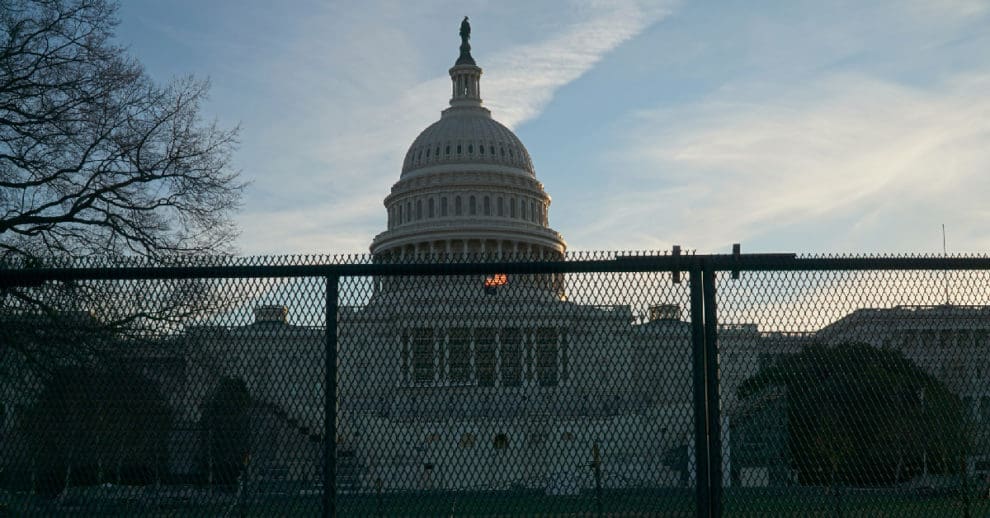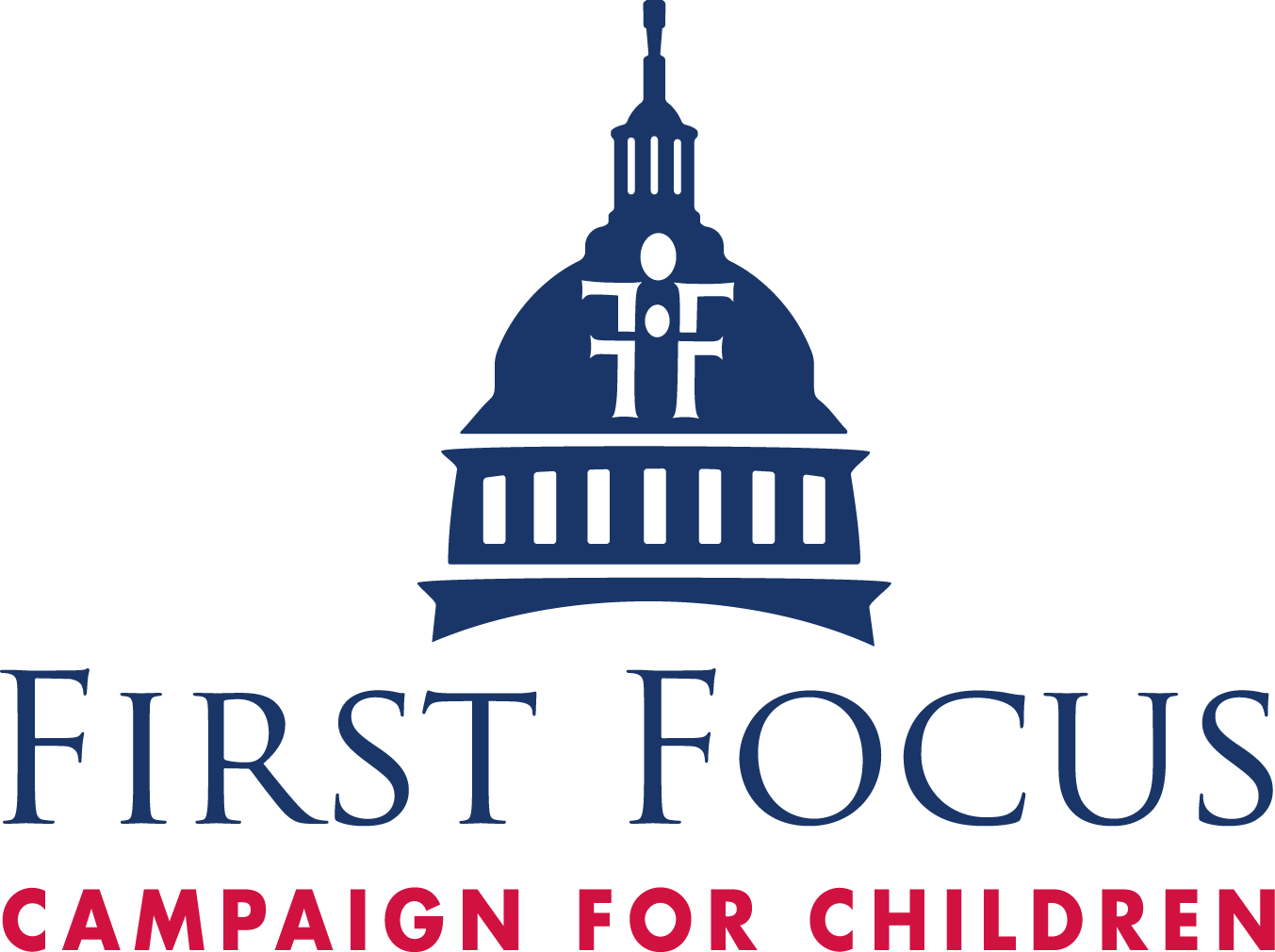
2021 is off to an eventful start, full of tragedy and tumult, but also opportunity for progress with a new incoming Administration and Congress.
The Biden-Harris Administration and the 117th Congress face a daunting list of challenges, with stopping the spread of COVID-19 through improved vaccine distribution and providing financial relief to begin an economic recovery at the top of that list. While a legislative procedure known as “reconciliation” may be necessary to fast-track a COVID-19 response, we welcome a bipartisan relief package that recognizes that every aspect of our children’s lives is being disrupted. Improvements to the Child Tax Credit (CTC), as outlined in the American Family Act (AFA), as well as the establishment of a national child poverty target, are important pieces of COVID-19 aid to effectively address the persistently high — and increasing — level of child poverty in our country. We were encouraged to see recent news that President-elect Biden plans to include improvements to the CTC in his COVID-19 relief proposal.
We cannot defeat COVID-19 and have a sustained economic recovery without addressing child poverty, which was stubbornly high in the United States even before the pandemic and has since added an additional 2.5 million children to its ranks. This figure does not even fully capture the current crisis, as millions more children are living at the brink of poverty and still experience significant material hardship. Households of families of color with children are hit the hardest by the pandemic, due to disproportionately experiencing unemployment as well as higher rates of infection and fatality as parents are over-represented as essential workers and often lack access to paid sick leave.
Poverty means less income in households for a plentiful amount of nutritious food, safe shelter, proper physical and mental healthcare, clean diapers, education materials, and other resources that are critical to a child’s healthy development. During a pandemic, poverty is extra dangerous as these conditions make households more susceptible to COVID-19. Increases in child poverty correspond with increases in child homelessness, making social distancing and distance learning for children nearly impossible. These factors have not only short-term negative consequences for the health and well-being of our nation’s children, but long-term implications for their future success and financial security, as well as our country’s economic outlook.
While child poverty is a complex issue, we actually have the solutions. The problem is our lack of political will to act, but that momentum for structural change is building and opportunity to take action stands before us now. A 2019 landmark study from the nonpartisan National Academy of Sciences confirms that we know how to reduce child poverty in the United States. Written by our nation’s leading experts on child poverty, A Roadmap to Reducing Child Poverty models a set of policy and program changes that, if implemented, would cut our child poverty rate in half within a decade.
We urge the incoming Biden-Harris Administration and 117th Congress to take these immediate steps to reduce child poverty:
Implement a target to cut child poverty in half within a decade
Enacting a target to cut our national child poverty rate in half within a decade establishes a framework for holding our nation’s decisionmakers accountable to action, including making significant progress in reducing racial and ethnic economic disparities. Policies authorized to reach this goal must include a strong evidence base in reducing disparities such as increasing access to cash assistance for children living in deep poverty, children in immigrant families, and children living in Puerto Rico and the other territories.
There is existing federal legislation – the Child Poverty Reduction Act – that would codify a national target and task the National Academy of Sciences with analyzing and monitoring progress towards this goal. More than 120 organizations nationwide support this legislation, and examples from other countries, such as the United Kingdom and Canada, show us the effectiveness of targets in reducing child poverty.
Strengthen and expand the Child Tax Credit by converting it into a monthly child allowance
One proven way to combat child poverty is to increase a family’s cash income to pay for essential needs that make a difference in the short- and long-term outcomes for children’s healthy development and well-being. Near-term improvements to the CTC will aid our families and children who most need support to meet the rising costs of raising children, reach households of color and immigrant households left out of the current tax credit, and provide a regular, minimum income for lower‑income or no-income households with children.
A Roadmap to Reducing Child Poverty found that a monthly child allowance was the most effective tool in reducing child poverty in the United States, and many of our peer countries who have similar programs have realized incredibly positive results. A recent analysis by Columbia University finds that one year of the AFA improvements to the CTC would reduce overall child poverty by nearly 45%. Poverty would decrease by 52% for Black children, 45% for Hispanic children, and 61% for Native American children.
Congress should make improvements to the CTC similar to those included in the American Family Act, such as making the credit fully refundable, increasing the amount of the credit to at least $4,000 per child per year ($4,600 for children under 6), making payments on a monthly basis when expenses are due, making all children eligible for the credit, regardless of immigration status, creating equity for children in U.S. territories, designating 17-year-olds as “qualifying children,” disregarding this income for eligibility for other benefit programs, and more.
Improve federal poverty measures to fully capture hardship in the United States
Annual child poverty figures from the U.S. Census Bureau underestimate the problem of child poverty, for families with children living at twice the official poverty threshold still lack enough income to make ends meet. It is critical that Congress and the Biden-Harris Administration take steps to do the following.
- Reverse any efforts taken by the Trump Administration to alter federal poverty measures that would further underestimate poverty in the United States.
- Instruct the National Academy of Sciences Committee on National Statistics to analyze the development of measures needed to more fully capture hardship being experienced by children and families
- Encourage the U.S. Census Bureau to do more frequent collection and reporting of poverty data.
Reducing child poverty is not only the right (and economically smart) thing for lawmakers to do, it also makes smart political sense. According to a Lake Research Partners’ 2020 Election Eve survey, American voters (on a tri-partisan basis) overwhelmingly support reducing child poverty through the implementation of a national child poverty target and expanding and improving the Child Tax Credit.
We urge the Biden-Harris Administration and the 117th Congress to work together to reduce child poverty and ensure that every child has a chance to thrive. The CTC policy improvements in the AFA and a child poverty target should be included in the initial legislation considered to address the ongoing public health emergency and economic crisis. First Focus Campaign for Children and the U.S. Child Poverty Action Group will be issuing new resources and ways to take action in the coming weeks, but in the meantime here are some materials that provide additional information:
- U.S. Child Poverty Action Group Asks the Biden-Harris Administration to Commit to Cutting Child Poverty in Half within a Decade
- The Evidence for Strengthening the Child Tax Credit
- Expand the Child Tax Credit to Reach All Kids
- Key Stats on the Effect of COVID-19 on Kids
- Take Action to Support the Child Poverty Reduction Act (will be updated as bill is introduced in the 117th Congress)


